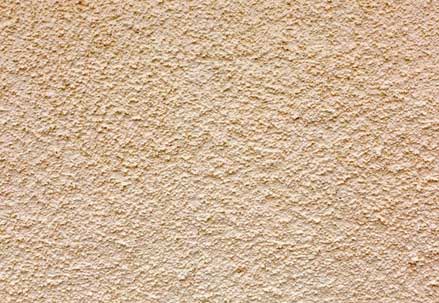
Colour measurement is indeed a task. Due to so many contributing factors that affect the results, there is a need to use a device that can generate precise results. Spectrophotometers are used in different industries for different types of surfaces to quantify the colours. What adds more to the complications is the texture of the surface.
This is why when a colour measurement instrument is chosen, we have to be very much careful about the surface texture. The selection should support different type of surface textures while not restricting to one type. Otherwise, the cost of analysis increases to many folds. It is easier to measure colour on smooth surfaces while the complication appears on textured surfaces.
Uneven surface finish allows the light to enter despite taking appropriate precautions. On the other hand, sample placement sometimes becomes a major factor for light to interfere with the incident light. In such scenarios, having a large aperture can save the colour manager from making wrong observations. Colour managers first need to understand the conditions that are required to have perfect observations. It is often advised to have repeated measurements with different angles and positions of the sample.
There is often a big debate about whether to select colourimeter or spectrophotometer for the colour measurement. The colourimeters are based on filters and restricted to make the observation in the RGB wavelength. On the other hand, spectrophotometers are capable of quantifying even very small colour changes. With the capability of the instrument, increases the cost. If your industry does not demand stringent colour measurement and accept some level of tolerance, you may opt for colourimeter which has less cost. On the other hand, the spectrophotometer is expensive but allows very precise measurements, master and sample comparison, storage of samples.